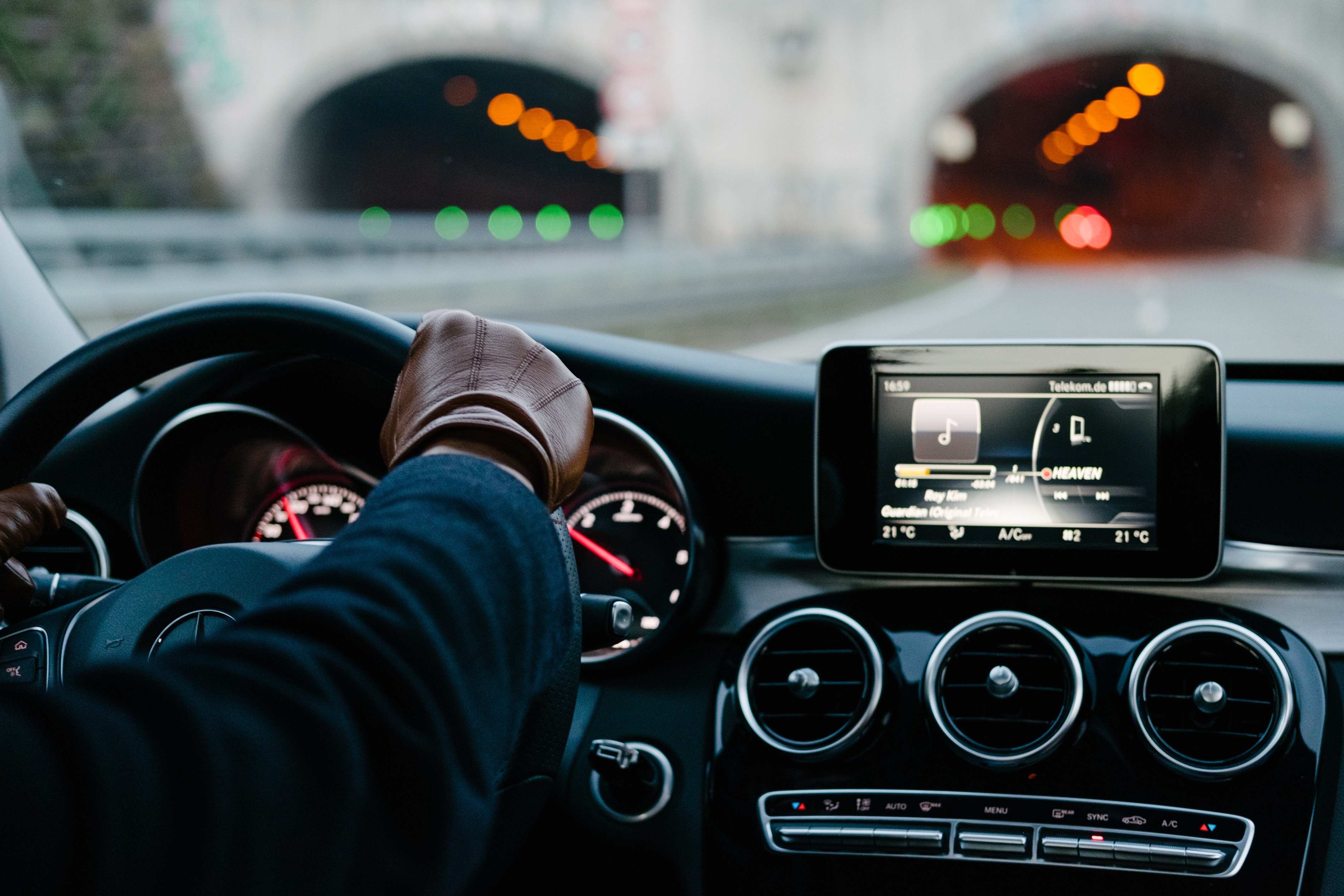How Experiential Marketing Can Jumpstart Your Auto Marketing Strategy
By Inspira Marketing
November 14, 2018
By Inspira Marketing
November 14, 2018
In the U.S. market alone, there are 412 distinct car models, speaking to the immense amount of choice available to car-buying consumers. And, with the average adult consumer purchasing a car every six to seven years, this makes it all the more imperative for brands to capitalize on those precious few moments.
Still, there is no magic formula as to how consumers arrive at their choice; buying a car is just as much about personal expression as it is about utility. So, in order to capture consumers’ hearts and minds, auto brands spend a staggering $35 billion each year in marketing. To determine how to most effectively spend that money, let’s take a look at the path to purchase to understand what resonates most with consumers.

Acknowledging Intrinsic Bias
One of the facts of the car-buying process is that consumers begin with an intrinsic bias towards certain brands – namely the ones they’re already aware of without needing to be prompted. This is called unaided awareness, and it makes a major difference. According to Nielsen, 75% of all car buyers reported that they plan to purchase their top-of-mind brand, giving it a huge advantage before consumers even step foot in a dealership.
While this doesn’t mean that other brands are out of luck, it does mean that it’s an uphill battle. Therefore, brand marketers and agencies alike must look to build deeper connections with consumers that put them on the wish list from the get go. By tapping into the power of experiential marketing, brands can create memorable experiences that show consumers how the brand fits into their lives and appeal to them no matter their place in the purchase cycle.
Right Message, Right Time
As with marketing for any other product or service, marketing in the auto industry should account for where consumers are in the path to purchase. When consumers are a year or two out from buying a car, the focus for marketers is to generate brand awareness. In doing so, they aim to get their brand top-of-mind within the consideration set. Ever wonder why the auto industry spends so much on TV ads? It’s because they work, generating two times more consumer recall than print media.
However, as the consumer begins actively searching for a car, TV ad recall decreases 18% while recall for in-theater (+258%), mobile (+217%), direct mail (+135%), and digital advertising (+99%) all sharply increase. Beyond in-theater advertising, which is most memorable due to the fact that audiences are extremely captive, the rest of these channels are very targeted, allowing for local dealerships to speak directly to the consumer at the time of need. Experiential marketing serves as an extremely valuable addition to the mix here, too, as large-scale events can help build awareness and brand affinity at the beginning of the purchase cycle, while curated test-drive experiences can convert consumers towards the end.
Know Your Audience
Currently, Millennials are just half as likely to buy a new vehicle as Gen Xers and Baby Boomers. However, as their purchasing power continues to increase, their brand preferences will make a huge impact on the auto industry landscape. And, given the long nature of the automotive purchase cycle, it’s never too early to start cultivating brand love. With that, auto brands need to understand how these consumers differ from their predecessors.
For advertisers, major differences in media consumption make it clear that Millennials must be marketed to differently. Specifically, they watch 76% less TV than Gen Xers and 154% less than Baby Boomers. Instead, they spend a significantly higher amount of time on TV-connected devices, computers, and mobile. Outside of strictly ads, brands should also consider investing in experiential marketing. A study by EventBrite indicates that 82% of Millennials attended or participated in live experiences in the past year, with 77% claiming their best memories come from those very events. By providing engaging live experiences for this demographic, auto brands can set themselves apart from the crowd when it comes time to buy a vehicle.
Ultimately, buying a car is a long process that forces consumers to strike a balance between their own desires and needs, and their exposure to marketing of all forms can have a major impact on the final decision. By having a deep understanding of the way consumers respond to your messaging, your auto brand will have a leg up on the competition.
Sources: The Nielsen Auto Marketing Report 2018; EventBrite Millennials Fueling the Experience Economy 2018